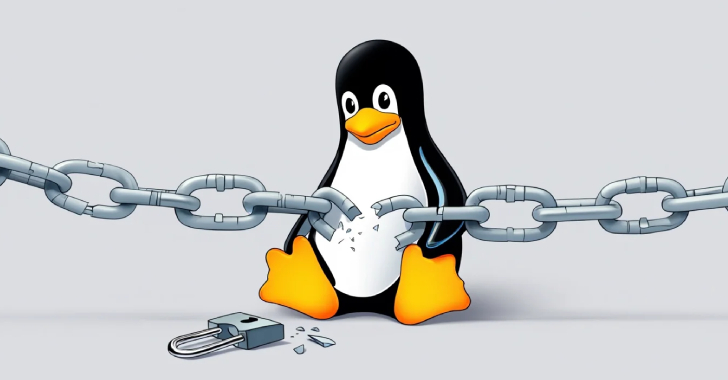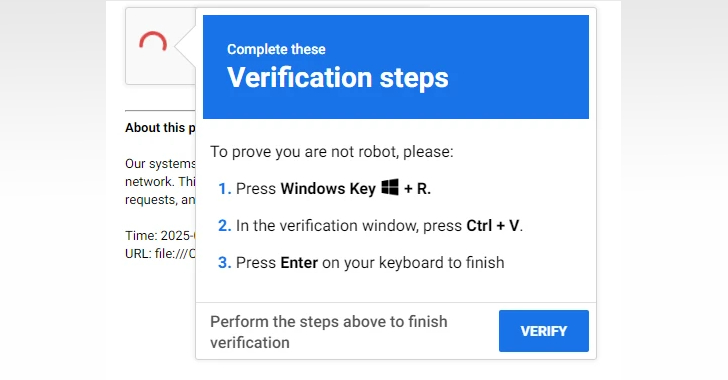
What is an M&A IT Due Diligence?
Merger and Acquisition (M&A) transactions are complex endeavors that involve a thorough examination of a target company’s assets, liabilities, financial health, and strategic fit. One critical component of this process is IT Due Diligence, a comprehensive assessment of the target company’s information technology systems and infrastructure. In this article, we will explore what M&A IT Due Diligence is, why it’s essential, and how it is conducted.
Understanding M&A IT Due Diligence
M&A IT Due Diligence is a systematic evaluation of a target company’s IT environment, encompassing hardware, software, data, processes, and human resources. Its primary goal is to assess the current state of the IT infrastructure, identify any potential risks, and evaluate the alignment of the IT capabilities with the strategic objectives of the acquiring company.
This process provides critical insights that help acquirers make informed decisions during the M&A transaction. It can uncover hidden liabilities, identify opportunities for synergy, and inform integration strategies. M&A IT Due Diligence is typically conducted by a dedicated team of IT experts, which may include IT consultants, cybersecurity specialists, and software engineers.
Why M&A IT Due Diligence is Essential
1. Risk Mitigation: Assessing the target company’s IT systems helps identify potential risks and vulnerabilities that could impact the success of the transaction. These risks may include cybersecurity threats, compliance issues, and outdated technology that can be costly to upgrade or replace.
- Cost Evaluation: An in-depth IT Due Diligence can provide a clear understanding of the costs associated with integrating the target company’s IT infrastructure with the acquirer’s. This includes hardware and software integration, data migration, and staffing requirements.
- Synergy Identification: Evaluating the target’s IT environment can reveal opportunities for cost savings and operational improvements through synergy. For example, consolidating data centers or standardizing software applications can lead to significant efficiency gains.
- Strategic Alignment: It is crucial to ensure that the IT capabilities of the target company align with the strategic objectives of the acquiring company. M&A IT Due Diligence helps determine whether the IT systems can support the long-term vision of the merged entity.
- Legal and Regulatory Compliance: Many industries have strict regulatory requirements concerning data security and privacy. IT Due Diligence ensures that the target company is compliant with these regulations, reducing the risk of legal issues post-acquisition.
- Cultural Integration: Understanding the target company’s IT culture and practices is essential for successful integration. Mismatched IT cultures can lead to resistance and difficulties in merging operations.
The Process of M&A IT Due Diligence
M&A IT Due Diligence is a multi-faceted process that involves several key steps:
- Information Gathering
The first step in IT Due Diligence is gathering information about the target company’s IT environment. This includes collecting documentation, interviewing key personnel, and obtaining access to IT systems and infrastructure. The goal is to create a comprehensive inventory of IT assets and processes. - Technology Assessment
A detailed assessment of the target company’s technology is crucial. This involves evaluating hardware, software applications, network infrastructure, and data storage capabilities. Assessors look for signs of technological obsolescence, scalability issues, and performance bottlenecks. - Cybersecurity Analysis
Cybersecurity is a critical aspect of IT Due Diligence. Assessors examine the target company’s cybersecurity policies, practices, and incident response procedures. They also look for any history of security breaches or data leaks. - Compliance Check
To ensure regulatory compliance, the due diligence team reviews the target company’s adherence to industry-specific regulations and data protection laws. Non-compliance can lead to legal issues and financial penalties. - Staffing and Skillset Evaluation
Assessors evaluate the IT staff and their skillsets within the target company. This includes assessing the qualifications of key IT personnel and determining if there will be a need for additional staffing post-acquisition. - Data and Information Assets
Data is a valuable asset in today’s business landscape. The due diligence team examines the target company’s data assets, including data quality, data governance practices, and data security measures. - Integration Analysis
The team assesses the feasibility of integrating the target company’s IT environment with the acquiring company’s systems. This involves evaluating compatibility, identifying potential challenges, and estimating the timeline and cost of integration. - Risk Assessment
Based on the findings from the previous steps, the due diligence team conducts a risk assessment. They identify and prioritize IT-related risks that could affect the success of the M&A transaction. - Report and Recommendations
Finally, the results of the IT Due Diligence are compiled into a comprehensive report. This report outlines the findings, risks, and recommendations for the acquiring company. It serves as a critical reference point for decision-makers during the negotiation and integration phases of the M&A process.
Key Challenges in M&A IT Due Diligence
M&A IT Due Diligence is a complex undertaking, and several challenges can complicate the process:
- Limited Access to Information
The target company may be hesitant to provide full access to its IT systems and data due to security and confidentiality concerns. Negotiating access can be a delicate process. - Time Constraints
M&A transactions often have tight timelines, and conducting a thorough IT Due Diligence may require more time than is available. Balancing speed and thoroughness is a constant challenge. - Integration Complexity
Incompatibilities between the IT systems of the acquiring and target companies can lead to integration challenges. Identifying these issues early is critical. - Cost Estimation
Estimating the cost of integrating IT systems accurately can be difficult. Unexpected complexities can lead to cost overruns. - Talent Retention
The retention of key IT personnel from the target company is essential for a smooth transition. Ensuring that these employees are motivated and committed to the merged entity can be a challenge.
Conclusion
M&A IT Due Diligence is a vital component of the M&A process that helps acquiring companies make informed decisions and mitigate risks. It involves a comprehensive evaluation of the target company’s IT systems, infrastructure, and practices. By conducting a thorough IT Due Diligence, acquirers can identify potential issues, assess integration feasibility, and align IT capabilities with their strategic goals. Despite its complexities and challenges, M&A IT Due Diligence is an indispensable step on the path to a successful merger or acquisition. It empowers organizations to navigate the intricacies of IT integration and maximize the value of their investments.
Contact Cyber Defense Advisors to learn more about our M&A IT Due Diligence solutions.





